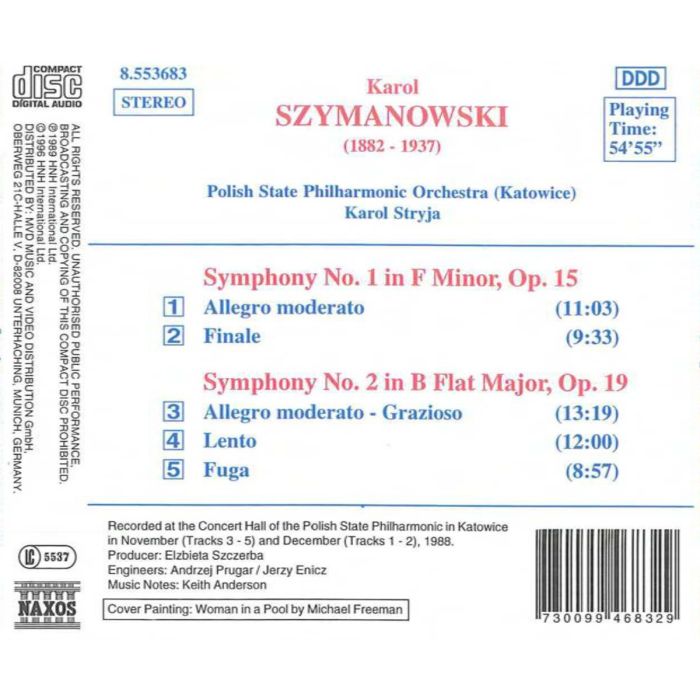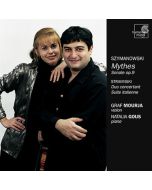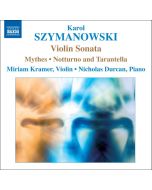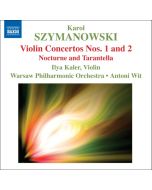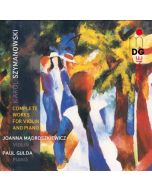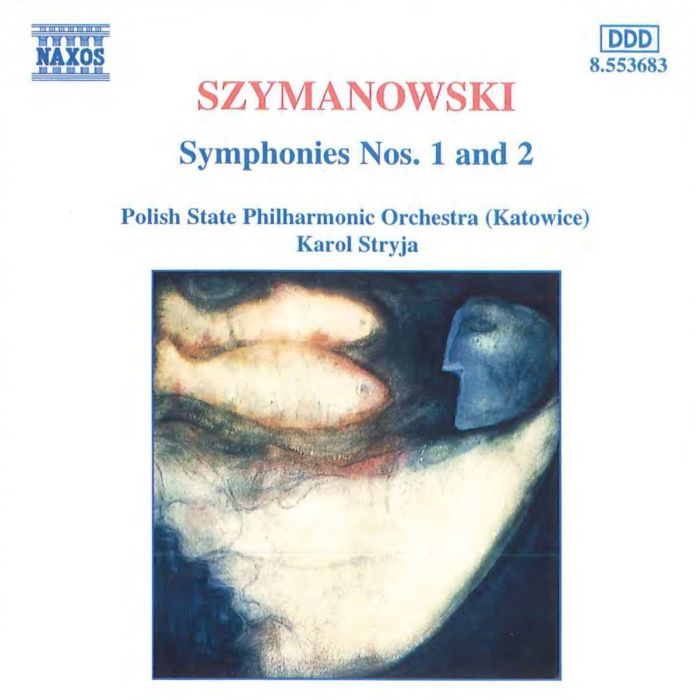
(Produkt nie został jeszcze oceniony)
kompozytor
Szymanowski, Karol
tytuł
SZYMANOWSKI: Symphonies 1 & 2
wykonawcy
Polish State Philharmonic Orchestra, Katowice, Stryja, Karol
nr katalogowy
8.553683
opis
Symanowski described his Symphony No. 1 in F minor as "Monstrum kontrapunktyczno-harmoniczno-orkiestrowe". A Polish critic later castigated the work as "gigantic but insincere, orchestrally more orgiastic and virtuosic than musical, extremely heavy and thick in texture". The composer certainly found the symphony unsatisfactory as he turned away from Wagner, whom he came to regard as full of empty rhetoric. In retrospect, however, the two-movement symphony may be seen to have a strength and purpose of its own, even if it did not lead Szymanowski further in that particular musical direction.
Szymanowski summarised succinctly enough the plan of his Symphony No. 2 in B flat major, writing of "the first movement in a grand manner, the second movement- a theme and nine variations, the adagio and finale with a fugue". He expressed satisfaction with his achievement, feeling that he had overcome the inconsistencies of his earlier work, opening new doors, at least in his own style of composition. At the same time he suggested an element of what he described as "Zopfmusik", academic, a reference presumably to the traditional forms of which he makes use. In 1934, with the help of Fitelberg, he revised the orchestration, in an attempt to clarify the structure. •
The new symphony was given its first performance in Warsaw on 7th April 1911 under Fitelberg but was coolly received, even by those who had been enthusiastic about the Concert Overture five years earlier. Abroad it fared very much better, arousing interest in Berlin, Leipzig and Vienna, where its originality was appreciated by critics. The opening movement, grandiose enough in general conception, makes sensuous and passionate contrasts in its use of solo instruments in a varied orchestral texture that may remind us of Mahler. The second movment, where a solo violin again makes an emotionally effective appearance, embraces a wide variety of styles and techniques in its continuous variations, all subsumed into the composer's own comprehensive idiom. The symphony ends with a fugue, its chromatic subject dramatically introduced and developed with continuing contrasts of orchestral texture. The contrapuntal character of the movement and its forward impetus are interrupted by a gently lyrical section, leading to the massive conclusion of the work.
nośnik
CD x 1
wydawca
Naxos
data wydania
10.03.1997
EAN / kod kreskowy
730099468329
58,00 zł
Produkt dostepny w niewielkiej ilości.
Wysyłka w ciągu 3 dni roboczych
Darmowa wysyłka dla zamówień powyżej 300 zł!
Darmowy kurier dla zamówień powyżej 500 zł!
sprawdź koszty wysyłki